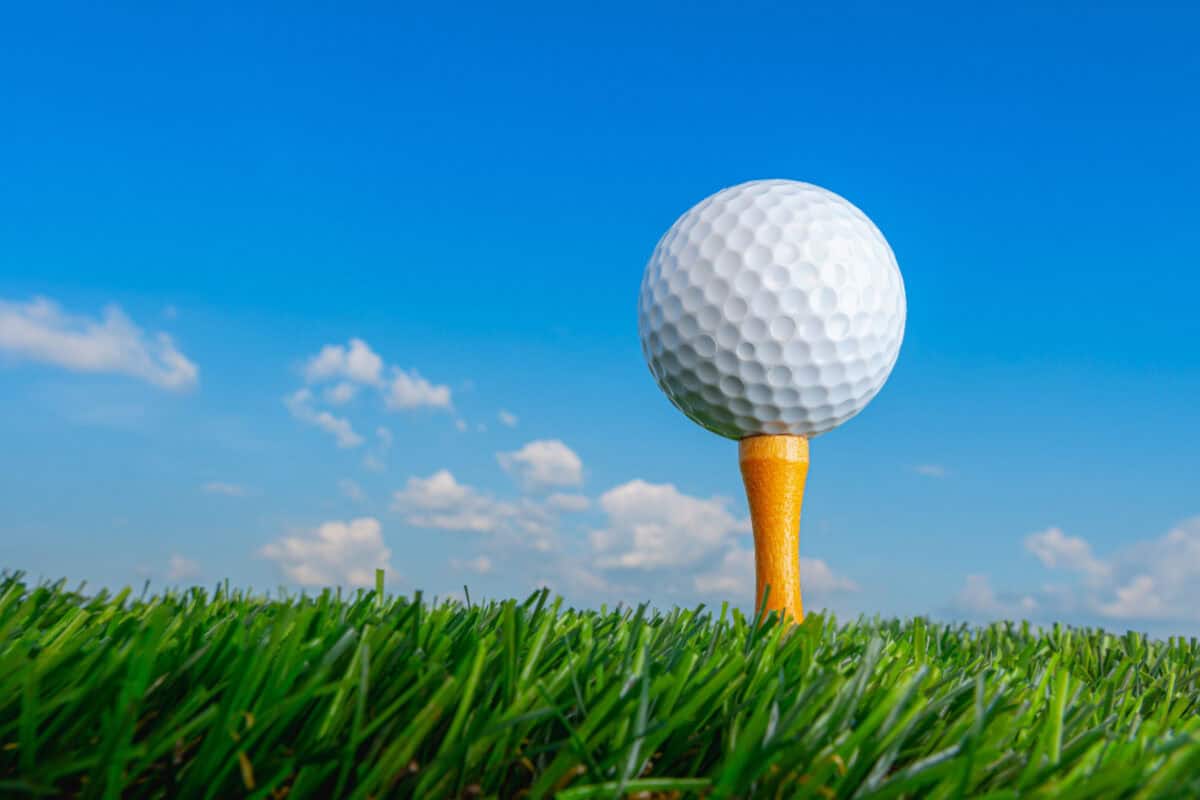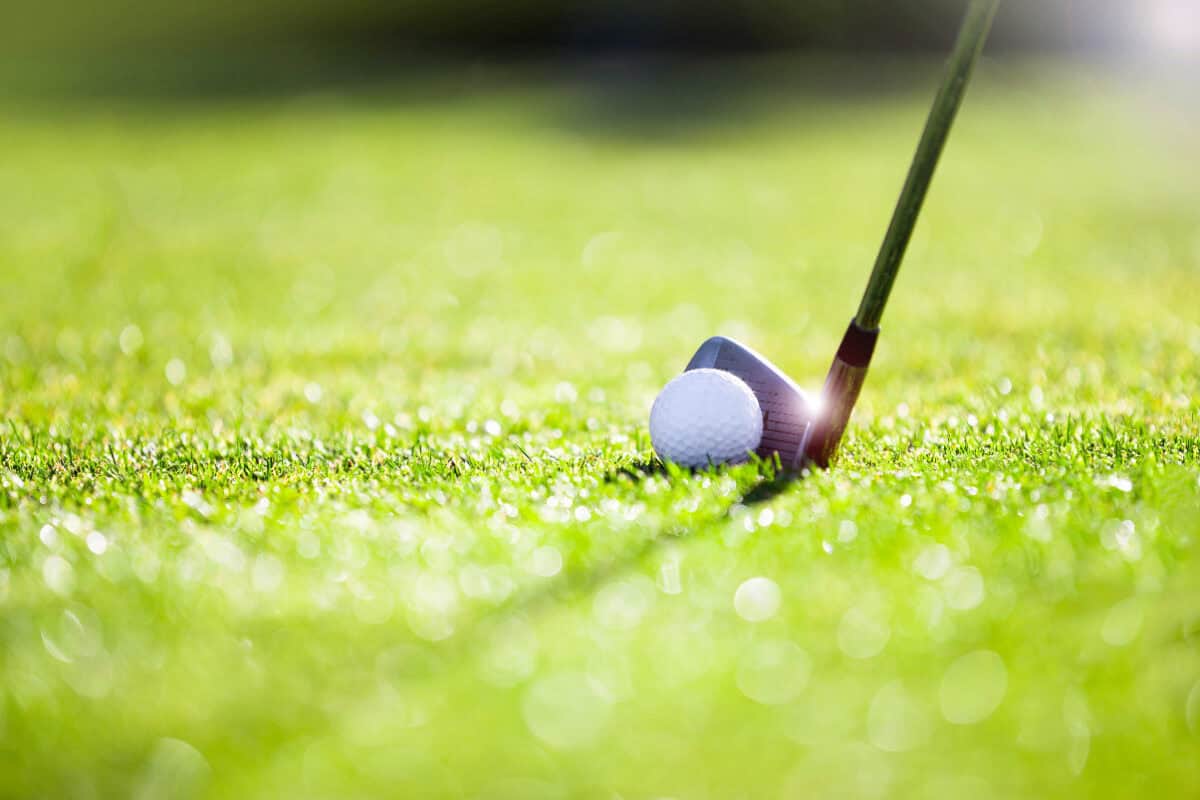What is a Golf Ball? What Materials Are Used?
A golf ball is a specialized sphere-shaped ball specifically designed to be hit, carried, and rolled along the ground during the sport of golf as players attempt to advance the ball into a hole.
While modern golf balls have evolved considerably from the original primitive wooden and feather designs used centuries ago, the essential purpose and function remain striking the ball with golf clubs to accurately send it toward a designated target hole.

The Basic Component Parts of a Modern Golf Ball
The contemporary golf balls used today consist of several main parts working in unison to deliver optimized performance.
At the center is a core, which can be either a solid rubberized material or more commonly a liquid or gel-filled spherical center. Surrounding the core are one or more outer layers called the mantle.
These mantles are formulated to help transfer energy from the core. The outermost layer is an exterior cover that directly interacts with the golf club. The specific materials used in the different layers and construction types determine the ball’s playing characteristics.
Strict Regulation of Size and Weight
By the universal Rules of Golf, as written by the governing bodies, all golf balls must be at least 1.68 inches in diameter when measured across any direction through the center.
Golf balls also cannot exceed a maximum weight of 1.620 ounces. This regulation of size and weight ensures that no ball design can provide an unfair playing advantage over another. All designs regardless of manufacturer must conform.
Fundamental Spherical Shape
Golf balls are engineered in a near-perfect spherical shape without any protrusions or varied exterior shapes.
While the exterior cover contains many small dimples designed to enhance aerodynamic flight, these must not alter the basic spherical symmetry of the shape itself.
Only a purely spherical form is permitted to maintain fairness and prevent unnatural flight.
Modern Material Composition
Today’s golf balls utilize various advanced synthetic plastics, rubbers, and compositions like urethane, surlyn, zinc, titanium, and ionomers to optimize rebound, energy transfer, feel, and durability across the core, mantle, and cover.
Natural materials like old balata rubber have been discontinued in favor of space-age polymers providing superior performance capabilities.

Key Golf Ball Performance Factors
The principal golf ball performance factors that manufacturers engineer include overall distance, compression rating, driver spin rates, iron shot peak height, greenside spin control, soft feel, and general cut/sheer resistance durability.
Optimizing these interconnected properties involves trade-offs between materials, layering, and dimples.
Types of Cores Used
Some common core types found in various golf ball constructions include traditional two-piece solid cores, modern multi-layer cores, liquid or gel-filled cores, dual cores with separate inner structures, and low-compression cores.
The core formulation directly impacts resulting compression, spin rates, ball speed, and energy transfer efficiency.
Importance of Exterior Cover Material
Golf ball outer covers are made from various materials including surlyn, urethane blends, or high-tech ionomer resin compounds.
The cover is crucial for dictating the feel and sensory experience, short game spin and control, driver distance, sheen and appearance, and general flight characteristics through its interaction with the dimples.

Surface Dimples Critically Enhance Flight
While appearing simple, the molded surface dimples are crucial for stabilizing and optimizing ball flight through the air.
The dimples create a thin turbulent boundary layer of air around the ball that reduces overall drag and maintains velocity longer. Various dimple shapes, sizes, and patterns influence lift, distance, and trajectory.
Manufacturer Branding and Markings
Golf balls feature branded company logos, model names, and alignment markings to identify the manufacturer and often the specific ball performance type. These distinctive visual designs differentiate golf ball models produced by leading companies.
In summary, a golf ball is a precisely engineered sphere with strict regulation of uniform size and weight specifically designed for striking and advancing toward holes with golf clubs in accordance with the rules and equipment standards of the sport.
The materials, layered interior construction, and patterned surface dimples all optimize flight performance.
